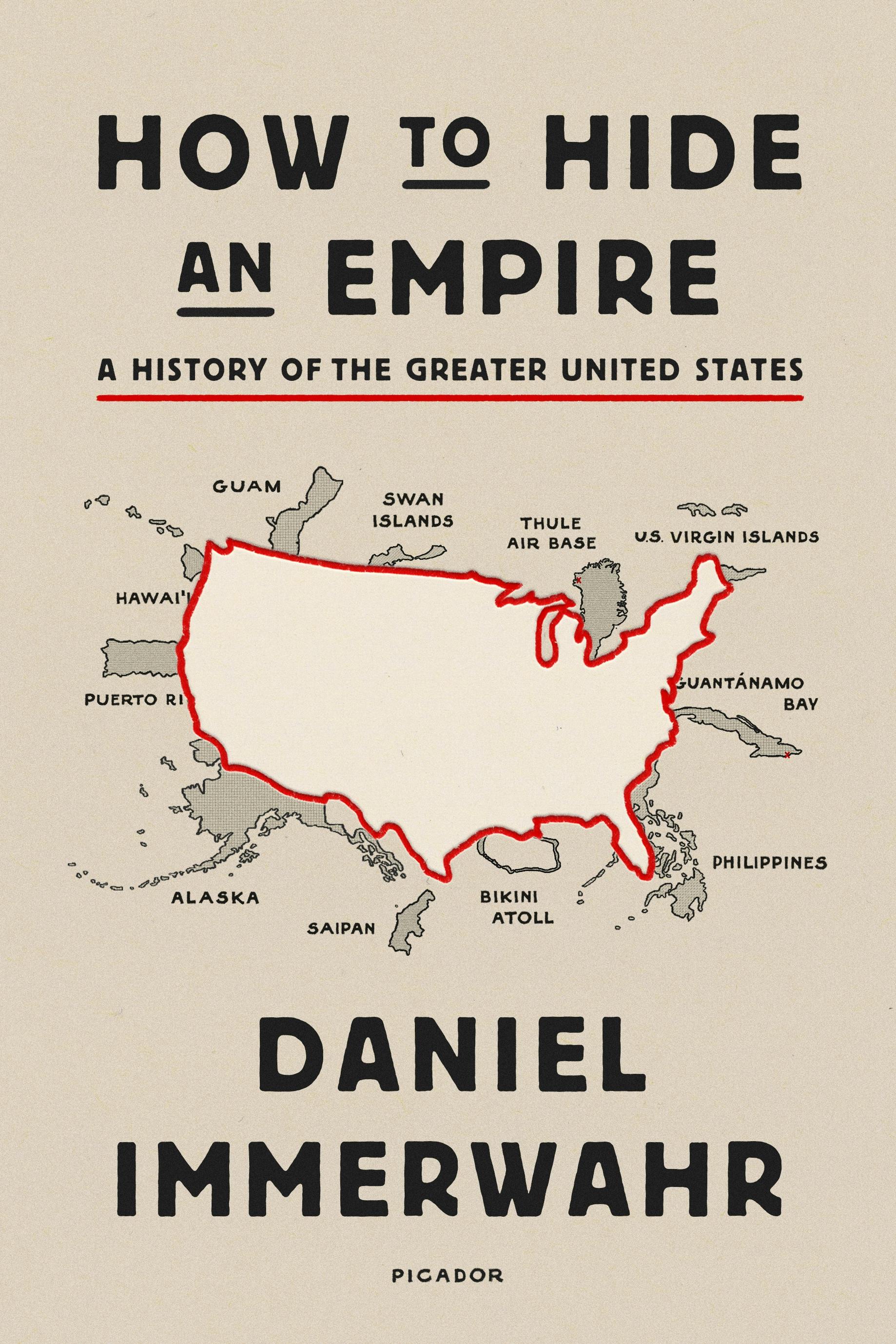December 7, 1941. Japanese planes appear over a naval base on O‘ahu. They drop aerial torpedoes, which dive underwater, wending their way toward their targets. Four strike the USS Arizona, and the massive battleship heaves in the water. Steel, timber, diesel oil, and body parts fly through the air. The flaming Arizona tilts into the ocean, its crew diving into the oil-covered waters. For a country at peace, this is a violent awakening. It is, for the United States, the start of the Second World War.
There aren’t many historical episodes more firmly lodged in national memory than this one, the attack on Pearl Harbor. It’s one of the few events that most people can put a date to (December 7, the “date which will live in infamy,” as Franklin Delano Roosevelt put it). Hundreds of books have been written about it—the Library of Congress holds more than 350. And Hollywood has made movies, from the critically acclaimed From Here to Eternity (1953) starring Burt Lancaster to the critically derided Pearl Harbor (2001) starring Ben Affleck.
But what those films don’t show is what happened next. Nine hours after Japan attacked the territory of Hawai‘i, another set of Japanese planes came into view over another US territory, the Philippines. As at Pearl Harbor, they dropped their bombs, hitting several air bases, to devastating effect.
The army’s official history of the war judges the Philippine bombing to have been just as disastrous as the Hawaiian one. At Pearl Harbor, the Japanese hobbled the United States’ Pacific fleet, sinking four battleships and damaging four others. In the Philippines, the attackers laid waste to the largest concentration of US warplanes outside North America—the foundation of the Allies’ Pacific air defense.
The United States lost more than planes. The attack on Pearl Harbor was just that, an attack. Japan’s bombers struck, retreated, and never returned. Not so in the Philippines. There, the initial air raids were followed by more raids, then by invasion and conquest. Sixteen million Filipinos—US nationals who saluted the Stars and Stripes and looked to FDR as their commander in chief—fell under a foreign power. They had a very different war than the inhabitants of Hawai‘i did.
Nor did it stop there. The event familiarly known as “Pearl Harbor” was in fact an all-out lightning strike on US and British holdings throughout the Pacific. On a single day, the Japanese attacked the US territories of Hawai‘i, the Philippines, Guam, Midway Island, and Wake Island. They also attacked the British colonies of Malaya, Singapore, and Hong Kong, and they invaded Thailand.
It was a phenomenal success. Japan never conquered Hawai‘i, but within months Guam, the Philippines, Wake, Malaya, Singapore, and Hong Kong all fell under its flag. Japan even seized the westernmost tip of Alaska, which it held for more than a year.
Looking at the big picture, you start to wonder if “Pearl Harbor”—the name of one of the few targets Japan didn’t invade—is really the best shorthand for the events of that fateful day.
